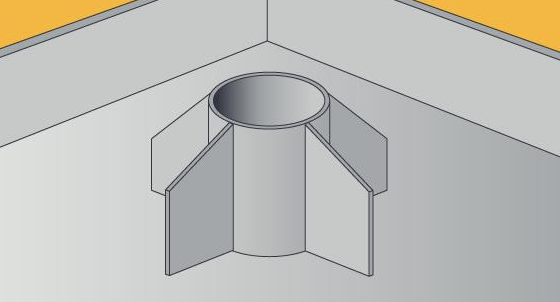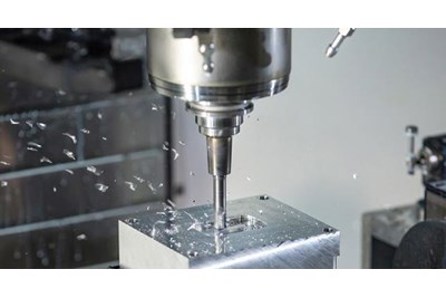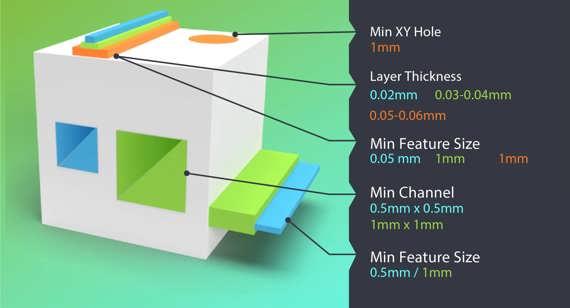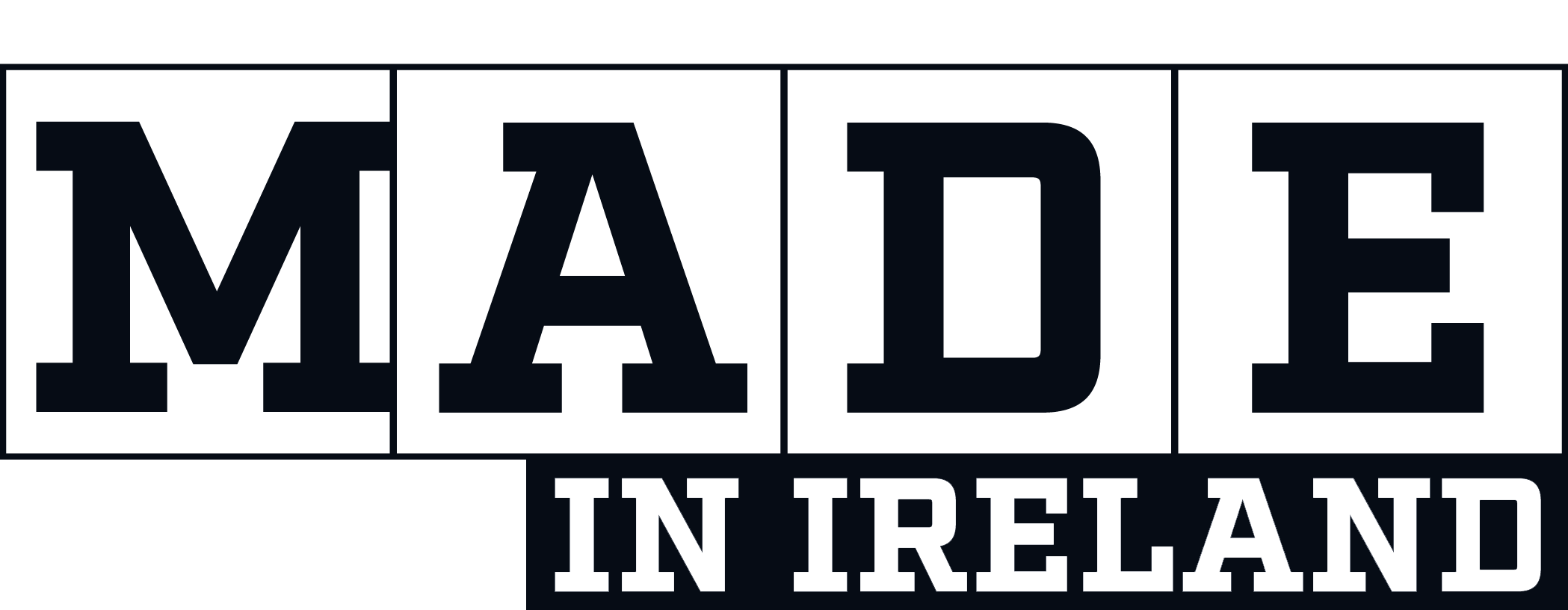The confusing shower controls. The washer or dryer with a dizzying array of counter-intuitive buttons and settings. Your new car’s baffling audio setup. Well, you get the idea.
Over-engineering does in fact refer to and is associated with inefficient products, services, infrastructure, buildings, facilities, and machines that are unnecessarily costly to develop, maintain, and operate.
But this concept also refers to what can sometimes happen during the early design and development phases of parts or components that go into a finished product. We’ve seen this at Protolabs, in the parts we are asked to manufacture. These issues show up in submitted CAD models and in customers’ design instructions, requests, or specifications. As a result, we’ve worked over the years with customers to help them simplify their designs and concepts to better fit their parts’ intended function, and, essentially, to avoid this over-engineering dilemma.
Whether it’s a customer asking for conflicting dimensions for a 3D-printed part or someone requesting unnecessarily expensive material for an overmoulded substrate, we’ve seen these challenges occur in all of our service lines. Accordingly, here’s a look at some of the more frequent issues that emerge.
Navigating Injection Moulding Design Issues
Plastic moulded parts show up in all sorts of industries: automotive, aerospace, industrial equipment, medical, computer electronics, and more. And, just as commonly, issues arise when designing these parts. Here are tips for navigating three key challenges.
Maintain Consistent Wall Thickness in Moulded Parts
This is a pivotal issue because creating and maintaining relatively consistent wall thickness is one of the fundamental rules of plastic injection moulding. As we’ve reported in our design tip on wall thickness, ignoring this rule can lead to sink, warp, and inaccurate or non-functional parts. You can achieve uniform walls and features with adjustments to geometry and materials. Use the design guidelines and recommendations from the design for manufacturability (DFM) analysis included in your part’s quote, or our applications engineers can collaborate with you to answer additional questions.

Gussets, as seen here on a free-standing boss, provide structural support and overall stability in parts without having to increase wall thickness.
Use Caution When Tolerancing Around a Flatness Callout
A customer’s design will sometimes call for the tolerancing of a part in such a way that doesn’t consider potential cosmetic defects such as the aforementioned warp and shrink. Another common issue we can see and fix is when there is no flatness callout on a large part that’s quite flat but doesn’t include any strengthening ribs or any sort of ribbing. Add ribs to prevent so-called “potato chipping” or warping.
Choose Elastomers for Overmolding Substrates
Designers often turn to overmoulding when a second moulded part is added to an existing part such as a grip, handle, cover, or sleeve. Power tools, toothbrushes, and surgical devices are examples. Some designers assume that adding an overmould is done with rubber, and in fact a number of our customers initially request rubber for overmoulding. However, 90 percent of overmoulded parts are done with elastomeric plastic because it’s more effective and affordable.
And, a notable reminder: Materials in general are important considerations. Check out our Materials Comparison Guide for Plastic Injection Moulding, and, if you are currently struggling with thermoplastic material shortages, you can download our guide to Materials Alternatives for Plastic Injection Moulding.
Avoiding Over-engineering Machined Parts
Customers use our CNC machining service, which includes milling and turning capabilities, for both rapid prototyping and low-volume production of end-use plastic or metal parts. Here are a few key machining challenges to consider.
Avoid Unnecessary Surface Finishing
This is primarily an issue for customers who are in the development/prototyping phase. They want their part to look flawless and so a high-level of polishing is requested. But, because it is a prototype, the part isn’t really ready for public consumption anyway, so the appearance isn’t really that crucial. Granted, sometimes designers do need to present a prototype to company managers or potential investors and so require a high degree of finish on a part, but generally at this stage, it’s not needed.

Steer Clear of Over-Tolerancing
Here’s another cautionary tolerancing tale and it’s a common one for machining. This often occurs when customers request especially tight tolerances for their reamed holes, even though the corresponding dowel pins don’t require that level of tolerance or precision. Don’t over-think it or, if you will, over-engineer it. We recommend using standardised tolerances for machined parts.
Consider Your Material
On the plastic side of machining, we see customers choosing needlessly expensive material for their parts, in some cases requesting a highly specialised plastic with chemical or heat resistance when those capabilities aren’t really needed. We can sometimes suggest other, less expensive material that’s a more common engineering-grade plastic, in some cases saving customers thousands of dollars. With a wide variety of metal and plastic options available, we know that selecting a material can be a little daunting. Our best advice? Keep in mind your part’s functionality when choosing materials for machined parts.
Harnessing 3D Printing’s Capabilities, Avoiding Design Issues
The promise of industrial-grade 3D printing (additive manufacturing) is now a reality as more designers and engineers than ever are turning to 3D printing not only for high-quality prototypes but also for end-use production parts. At Protolabs, we offer six additive methods: direct metal laser sintering (DMLS), stereolithography (SLA), selective laser sintering (SLS), Multi Jet Fusion (MJF), Carbon DLS, and PolyJet. Additionally, through Hubs, our online supplier distribution network, you can gain access to even more 3D printing methods.
Avoid Conflicting Dimensions
Sometimes customers will “over-dimension” a part, or, in other words, request conflicting dimensions or measurements. For example, they may measure a hole for a part from the front face or feature from one side of the block looking at it from the top down. But then, they’ll call out another feature on the backside of the part with a different measurement—scaling out two locations of the same part measured from different points with conflicting results.
Be Mindful of Unrealistic Tolerancing
Related to this dimensioning issue is too-tight or unrealistic tolerancing. We see this in tolerancing requests that are too restrictive that create a part design that doesn’t work, thereby affecting the entire assembly workstream and driving up costs. Have you sensed a tolerancing theme in this blog post? Tolerancing issues in fact emerge in every manufacturing method. Check out this 3D printing design tip that has more details on feature sizes. Also refer to the DFM analysis included in your price quote for more guidance.
The blue/teal colour represents micro resolution (MR), green is high resolution (HR), and orange is normal resolution (NR). Also, the minimum channel and minimum Z dimensions apply to both NR and HR.

Harness the Freedom of Industrial-grade 3D Printing
We sometimes call this “under-engineering.” What do we mean? Well, we sometimes work with customers who don’t understand additive manufacturing’s nearly boundless capabilities. Granted, 3DP is a fairly new technology, and a large number of different additive processes—and materials—are available. But, too often, customers come to 3D printing with a design or engineering approach from the standard manufacturing world. We welcome you to discover a whole new universe. And, notably, in some cases, you may end up using multiple manufacturing methods to finally create your finished part, which is one advantage of using Protolabs, given our range of available production methods.
Ultimately, no matter what manufacturing methods you use, we have applications engineers ready to collaborate with you on your designs, prototypes, and end-use parts.
For more help, feel free to contact one of our applications engineers at +44 (0) 1952 683047 or customerservice@protolabs.co.uk. To get your next design project started today, simply upload a 3D CAD model for a quote within hours.










